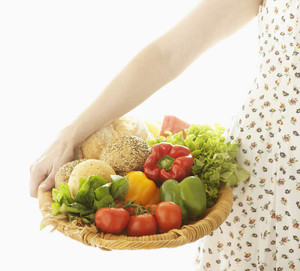28 Apr Mon 2014
2014 Maple Syrup Season Part 2
I was sad when I realized that the best thing for our family was the discontinuance of our CSA. All the same, it was a peace-filled realization.
However…
I recently had an experience that was easily the saddest, most disheartening experience of my homesteading life to date. Imagine my dismay when – three days before I was to process it – I discovered that 50 gallons of pure maple sap stored in my garage was… spoiled. Sour. Unusable for syrup.
Saddest. Moment. Ever.
All of my sweet (literally) self-sufficient dreams drowned in a 5-gallon food-grade bucket of sour-smelling, cloudy liquid. Last year we had syrup from our sap but processed by Papa. This year I was really looking forward to the self-affirming experience of collecting and processing my own syrup.
Fortunately, Papa always has an abundance of syrup (he still has a ton left over from two years ago) so hopefully he’ll pity us enough to donate this year’s syrup.
Meanwhile, the thought of letting 50 gallons of maple sap go to waste made me want to vomit. I came inside… sat with my head in my hands and thought…
Maybe I could turn it into vinegar?
After an evening of frantic internet research, that’s just what I did. (Or, at least, what I made a plan to do.) Although the web is light on details about making maple vinegar, I did find enough direction to develop a plan for several different approaches. In a nutshell, they include…
Method 1: Diluted maple syrup mixed with wine-making yeast
Method 2: Maple sap with a Mother of Vinegar added
Method 3: Au natural (nothing added)
Because Method 1 involves diluted maple syrup, I decided to go ahead and process some of our sour sap all the way down to syrup. That way I could still experience (and show you) the process. What I didn’t expect is that as we got started, the batch really didn’t look (or smell) that bad. Coincidentally, Papa and I decided to process all but the 3 cloudiest buckets (15 gallons) down to maple syrup. The result is a very dark syrup that initially tastes just fine but leaves a strange after-taste. I’ve not yet dared to try it on pancakes.


I promise I’ll share all the details of my maple vinegar-making plan with you in a future post. Meanwhile, this post is dedicated to explaining and showing the process of taking sap to syrup.
Processing Maple Syrup 2014
As a refresher, maple sap becomes syrup when you remove the high water content, leaving behind the concentrated sugary content. The most popular way to do this is by boiling the sap to evaporate the water. The sugar content of sap varies based on many factors, but in general it takes about 40 gallons of sap to make 1 gallon of syrup. For the homesteading maple syrup maker, a backyard evaporator is used to boil off all of that water. The evaporator can be as simple as a gas grill or it can take on a much more complicated form. For all the finer details on how an evaporator should function and how you can make one (along with how-to videos for several options) check out this post.
I was fortunate to be able to use Papa’s evaporator, featured in a post from 2013 that you can find here.
Click here for the step-by-step process, along with pictures and links to resources.

